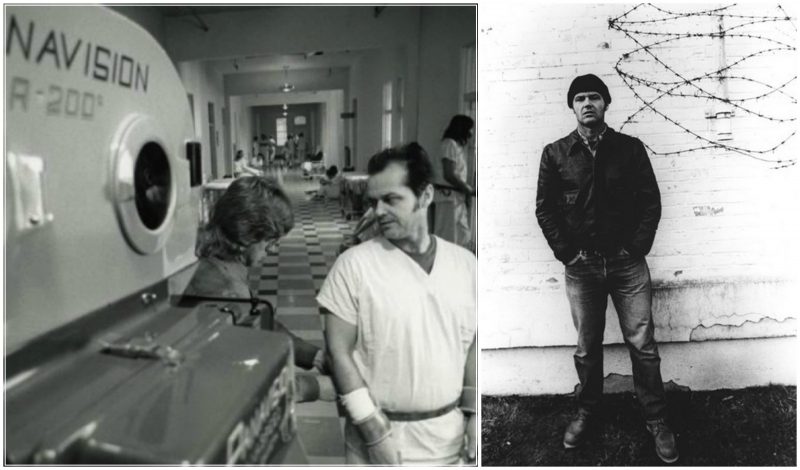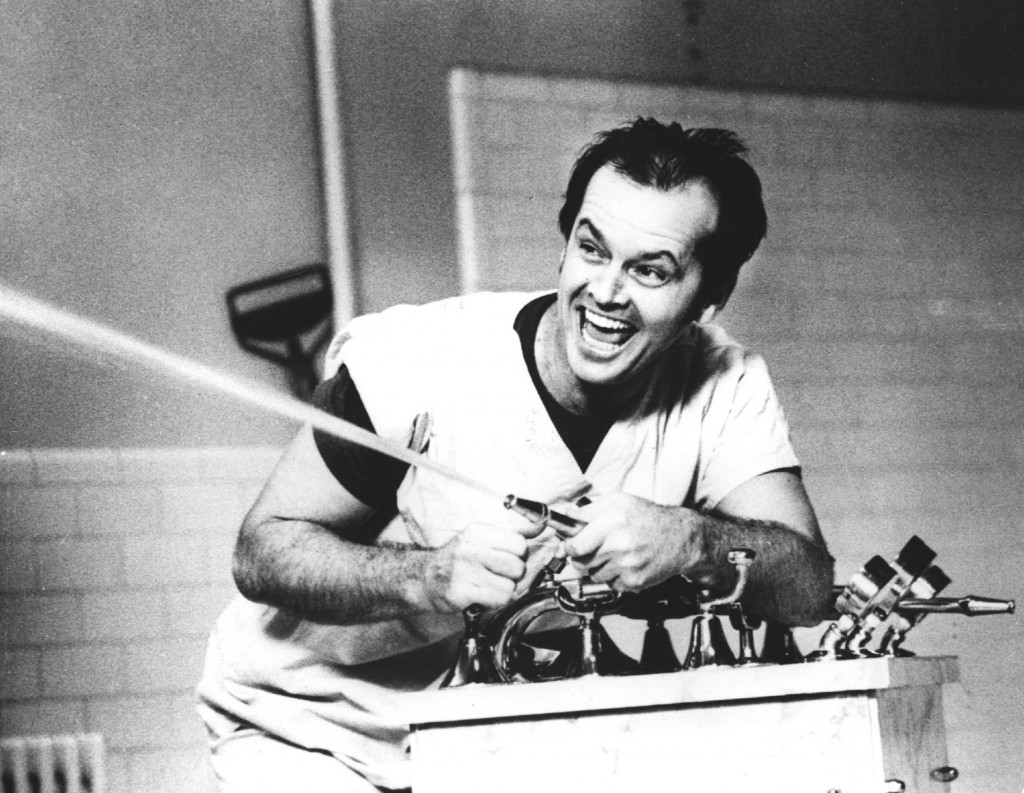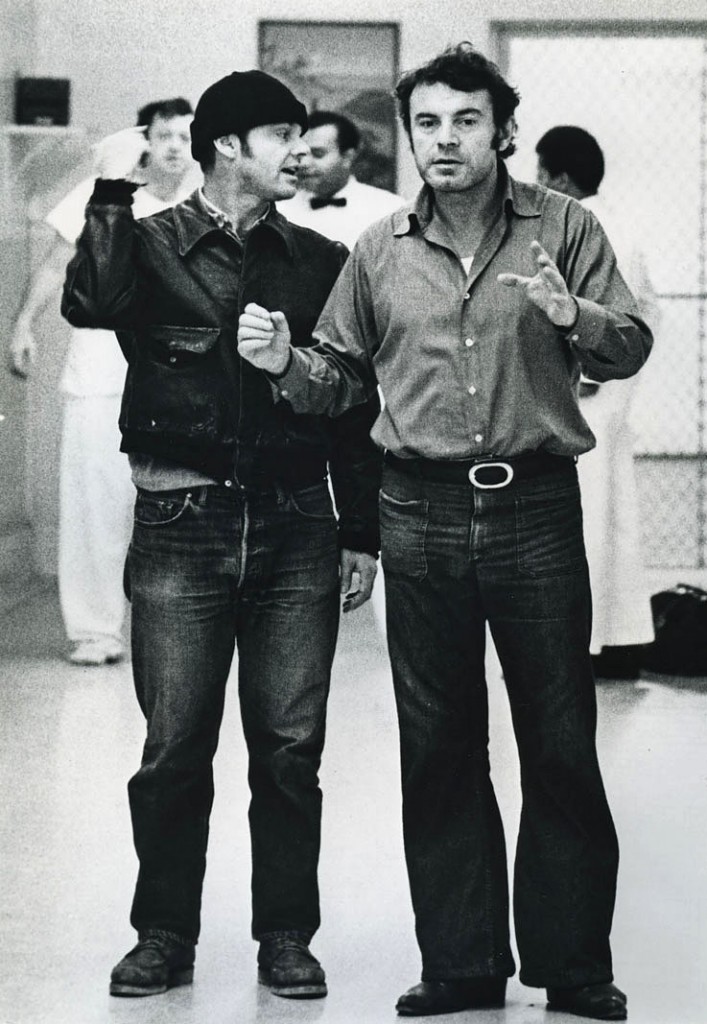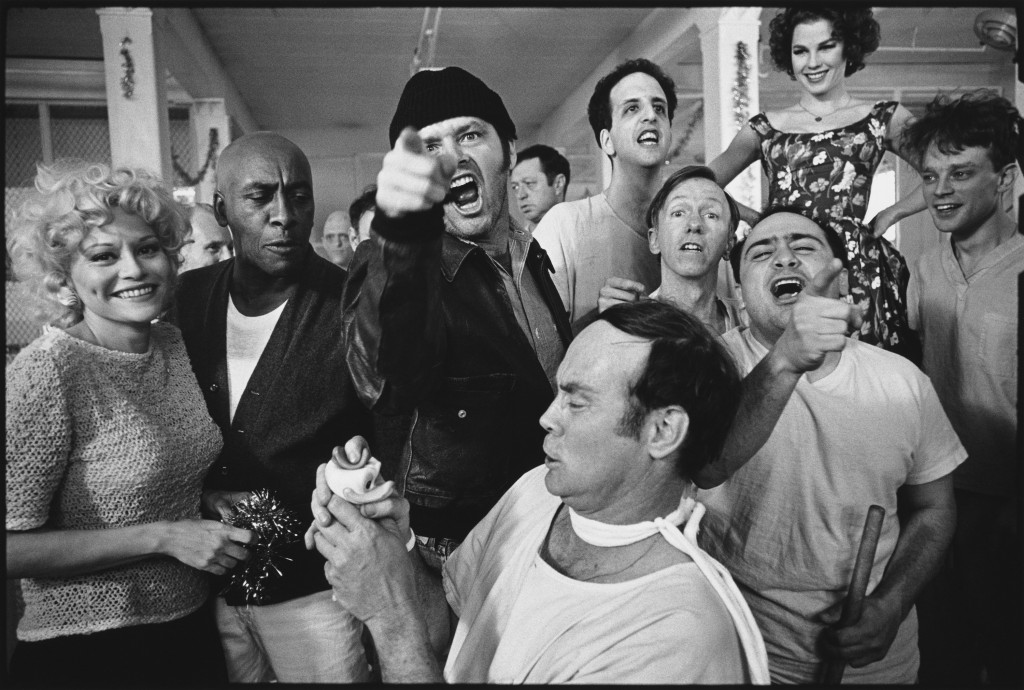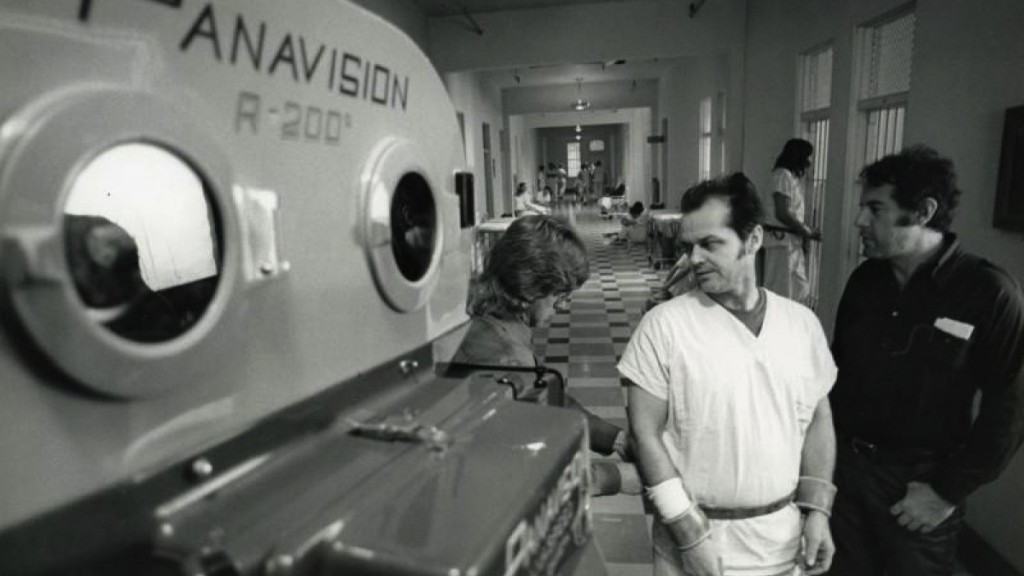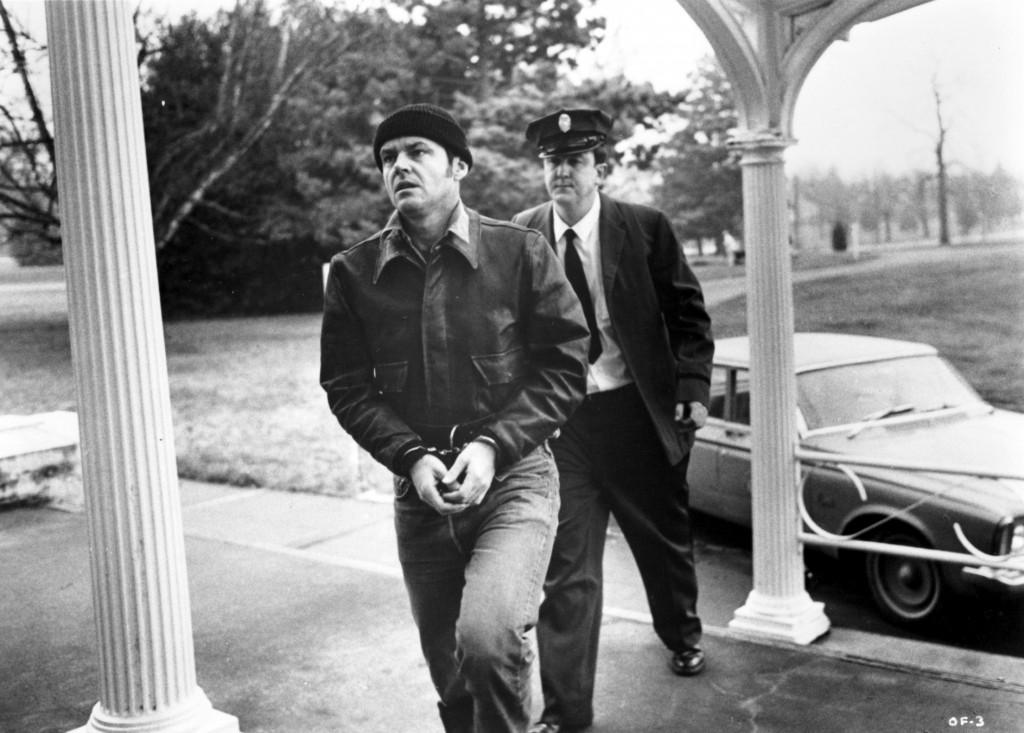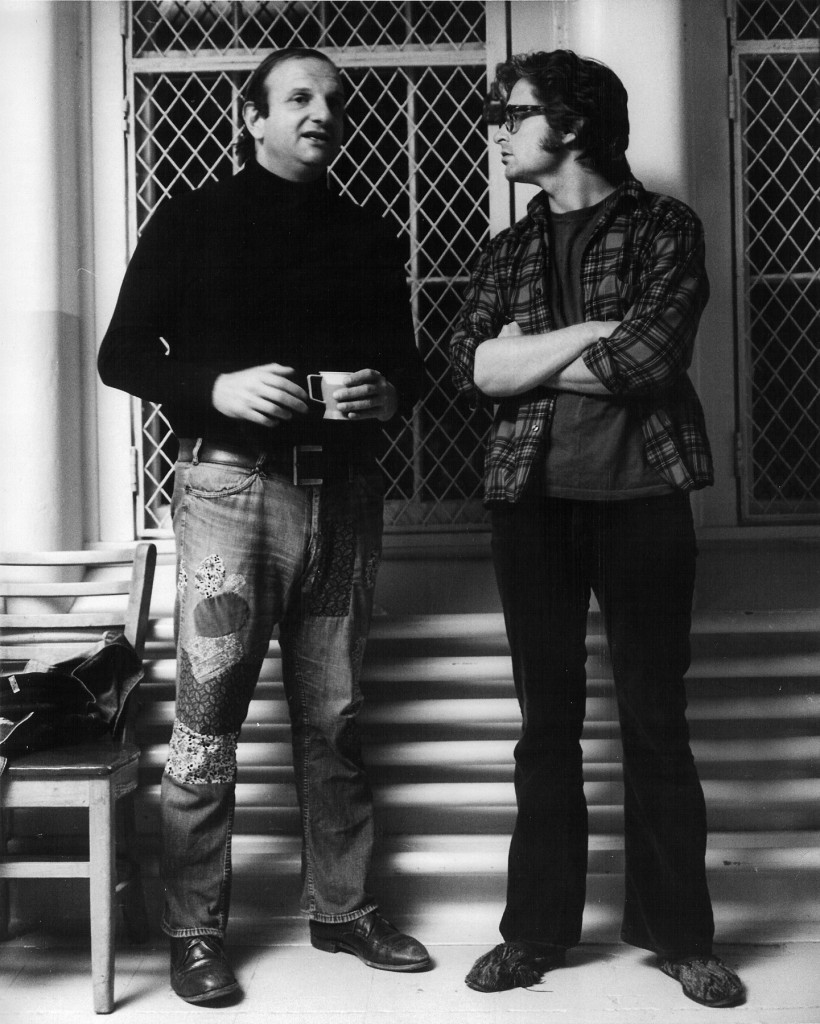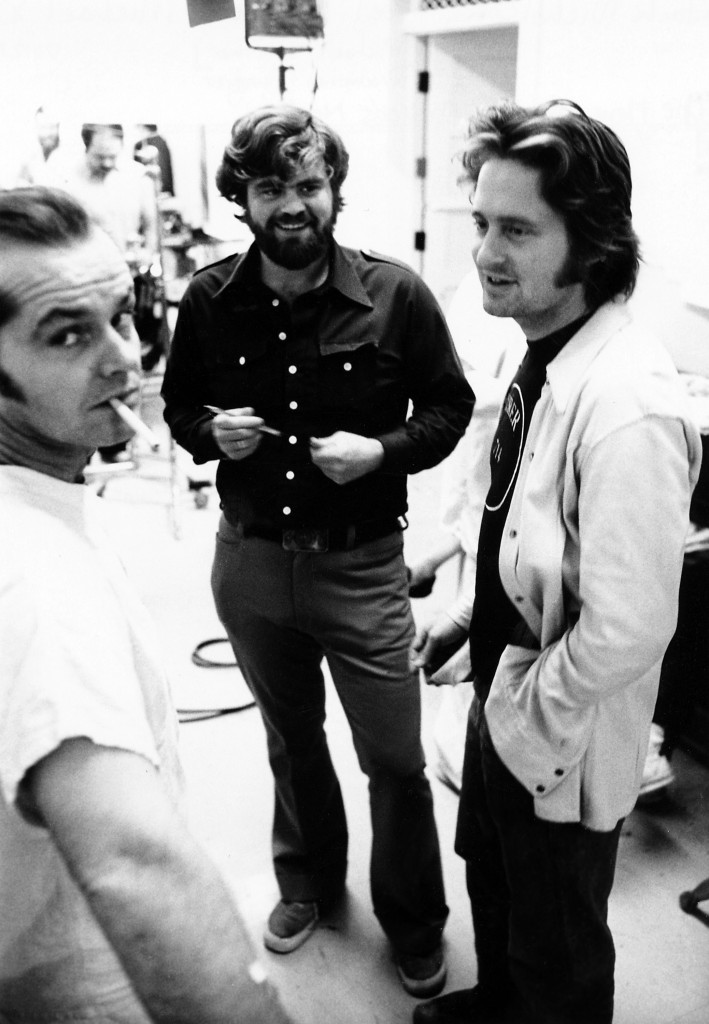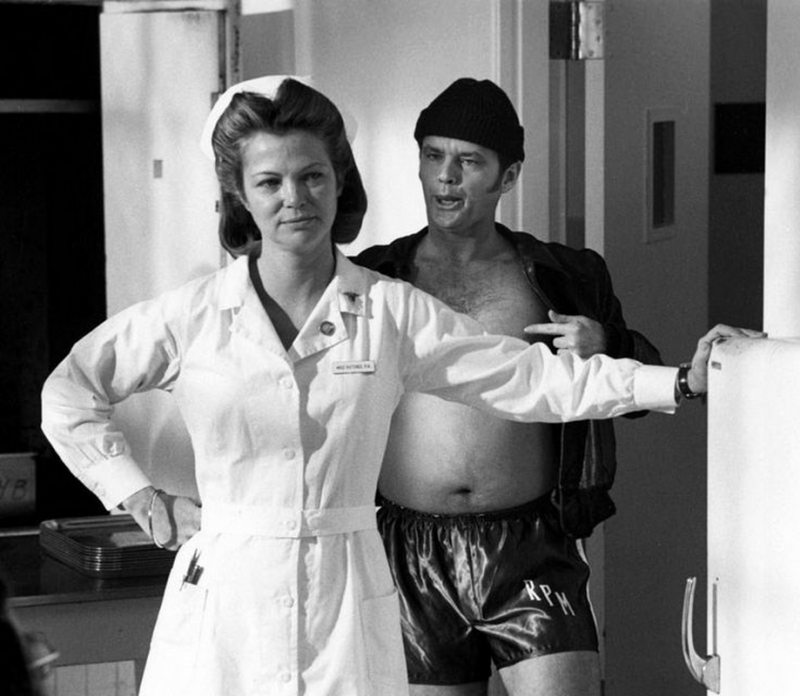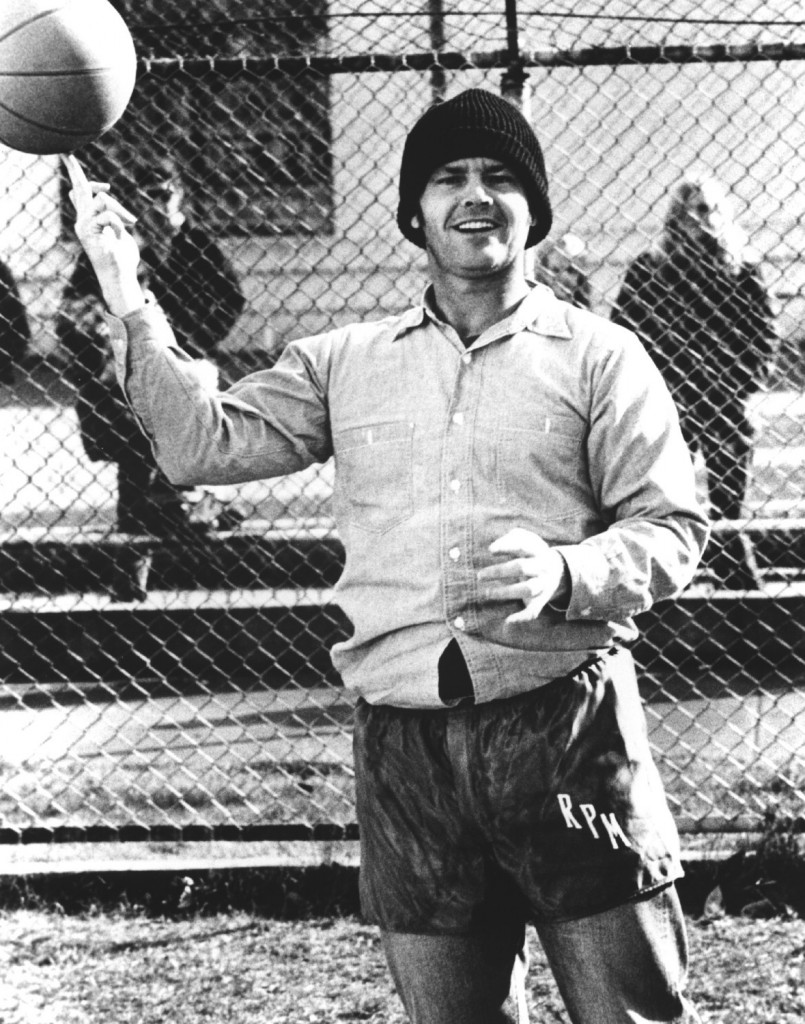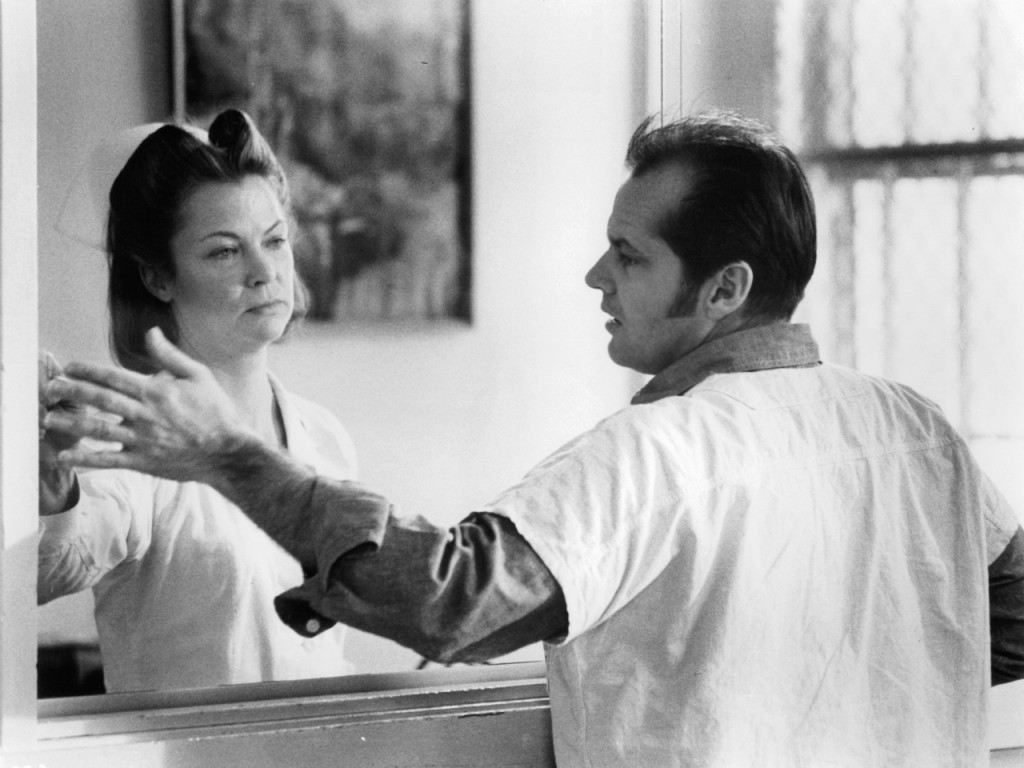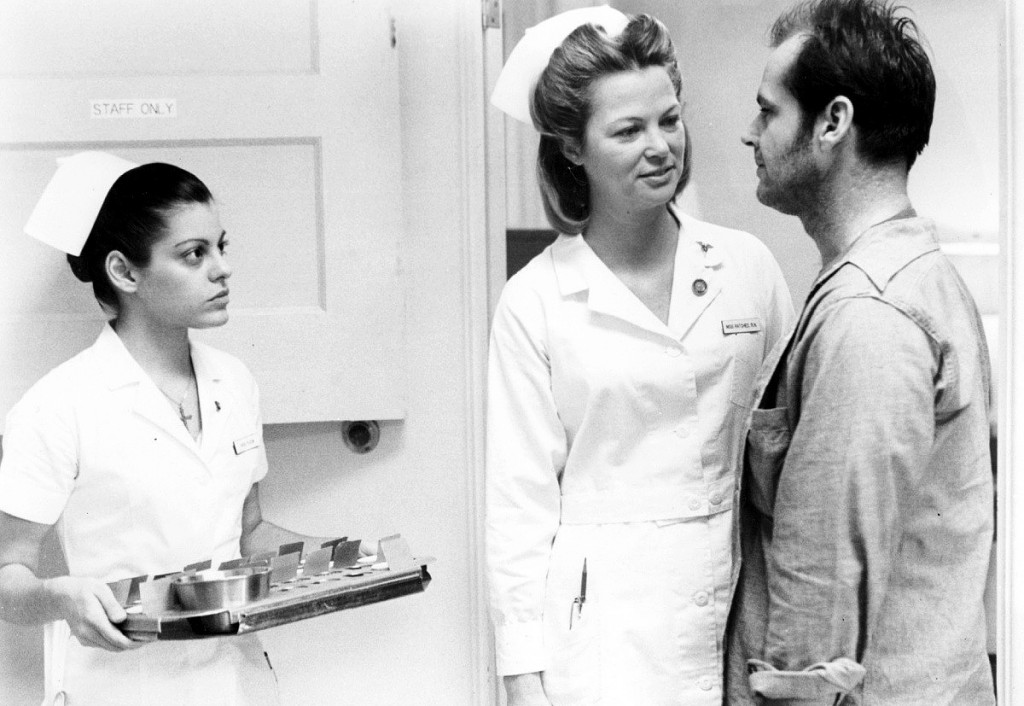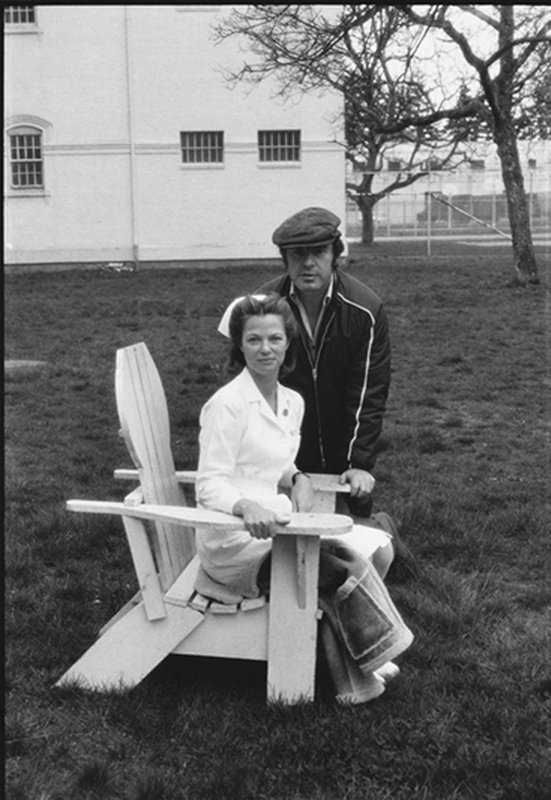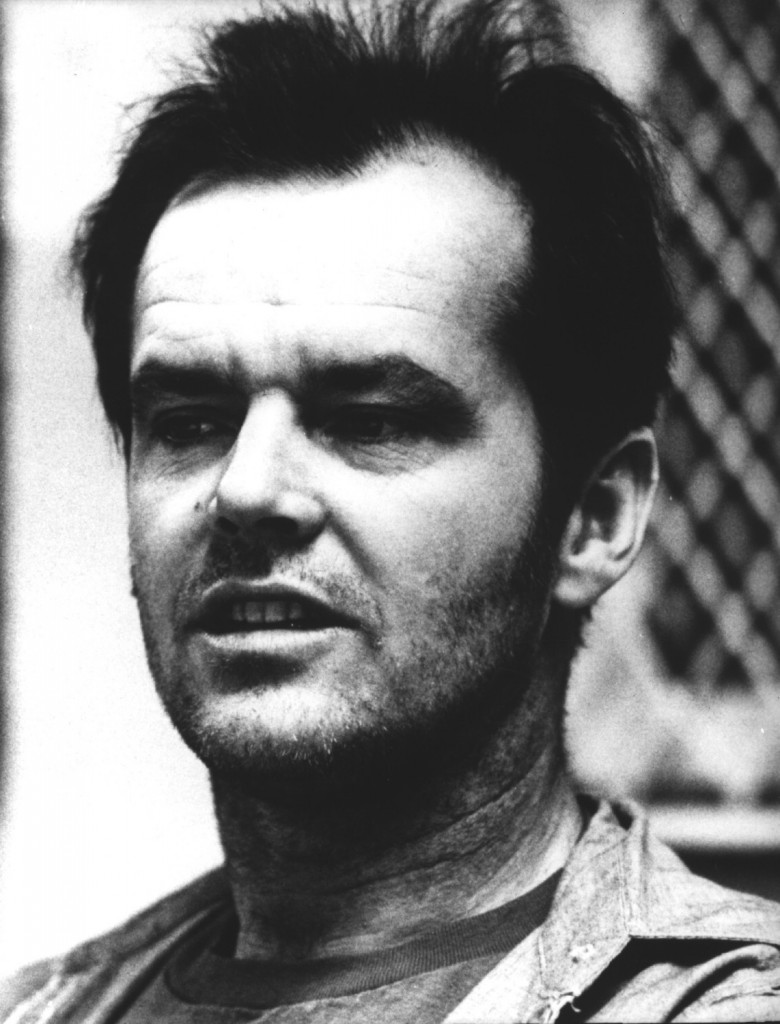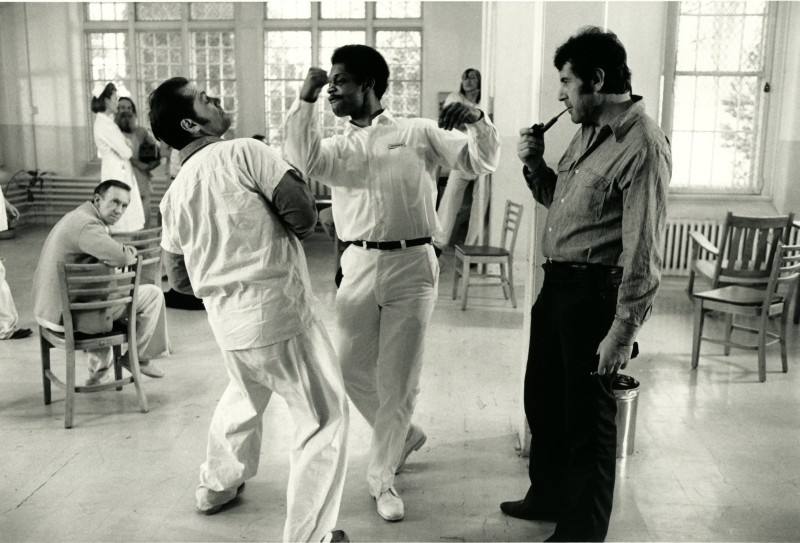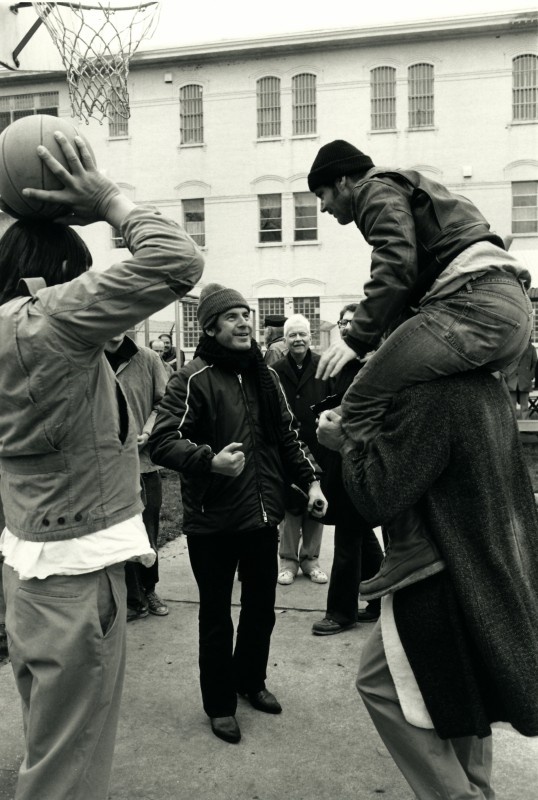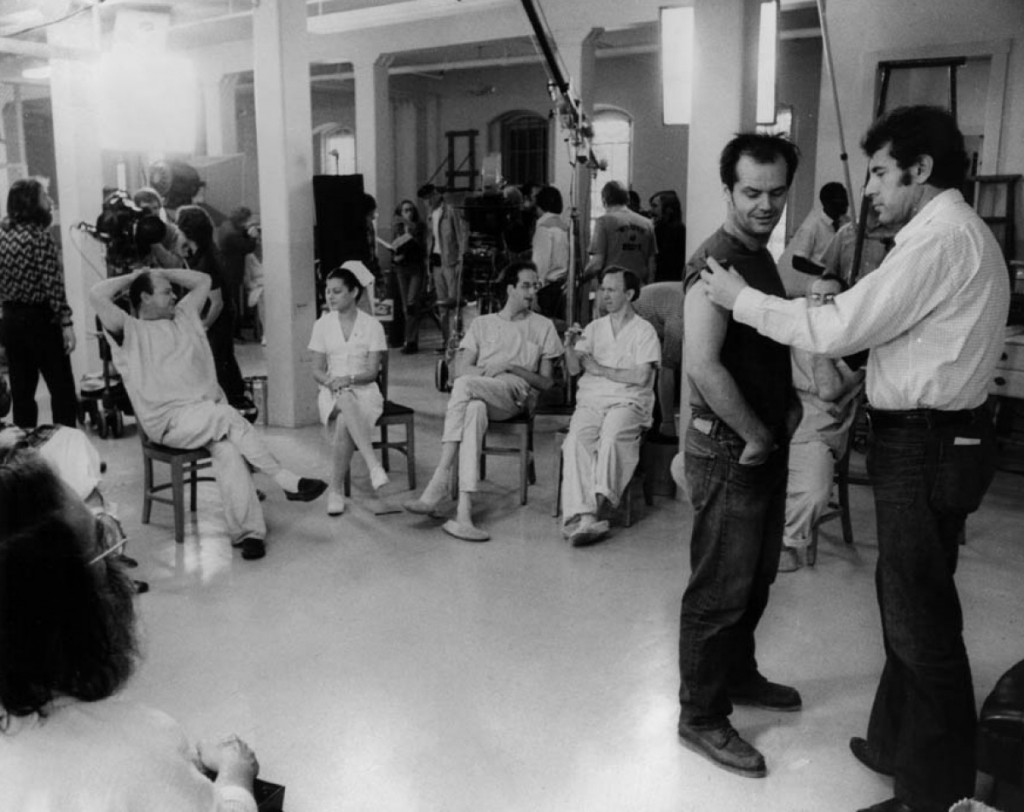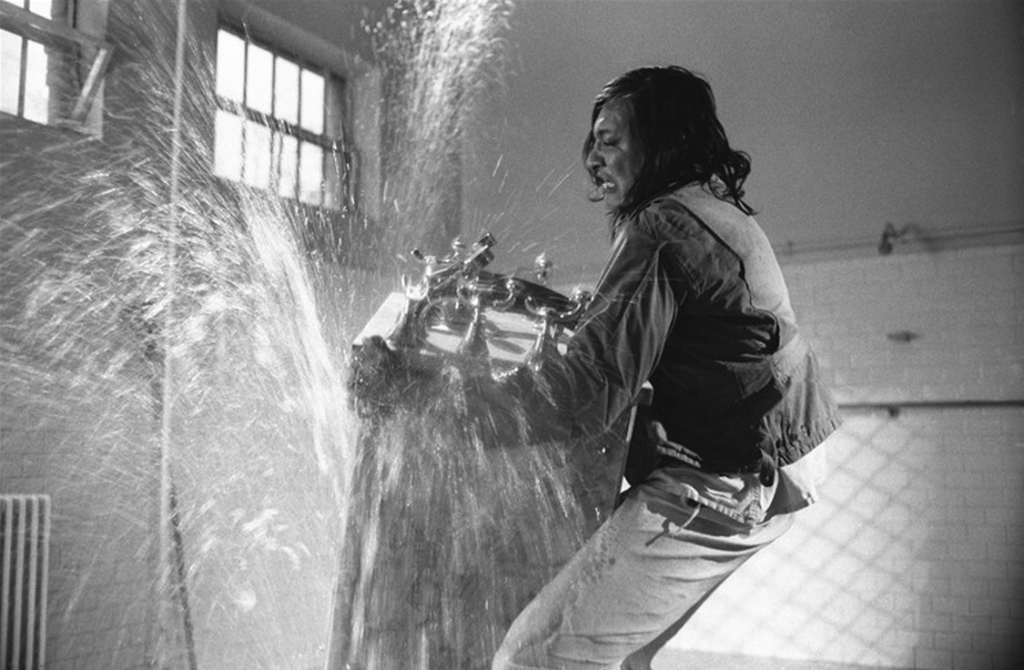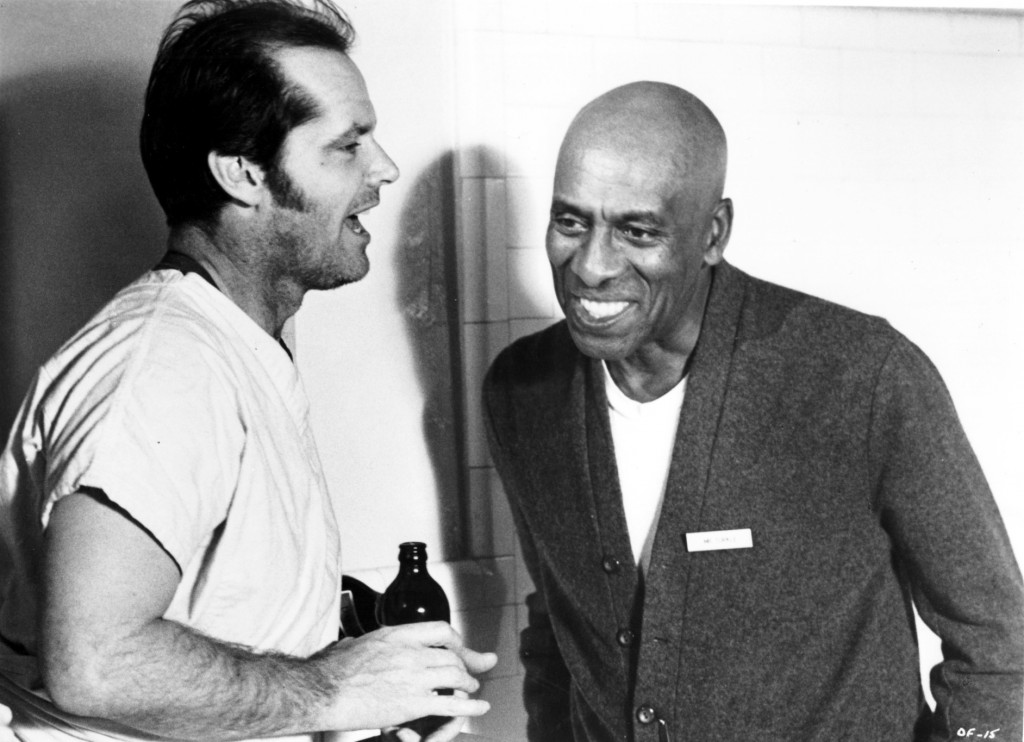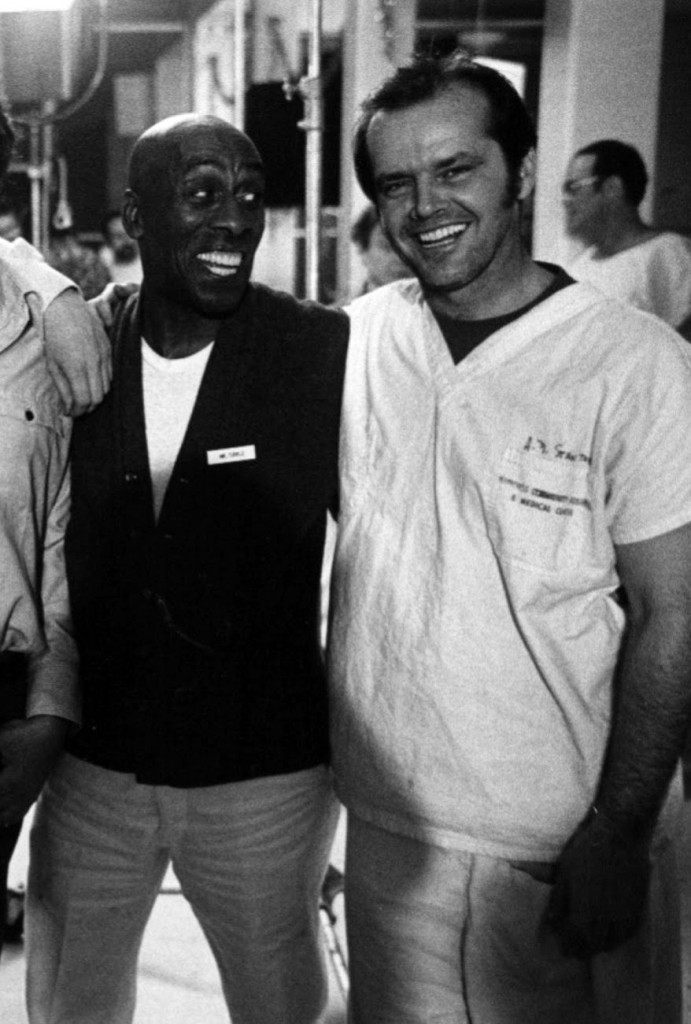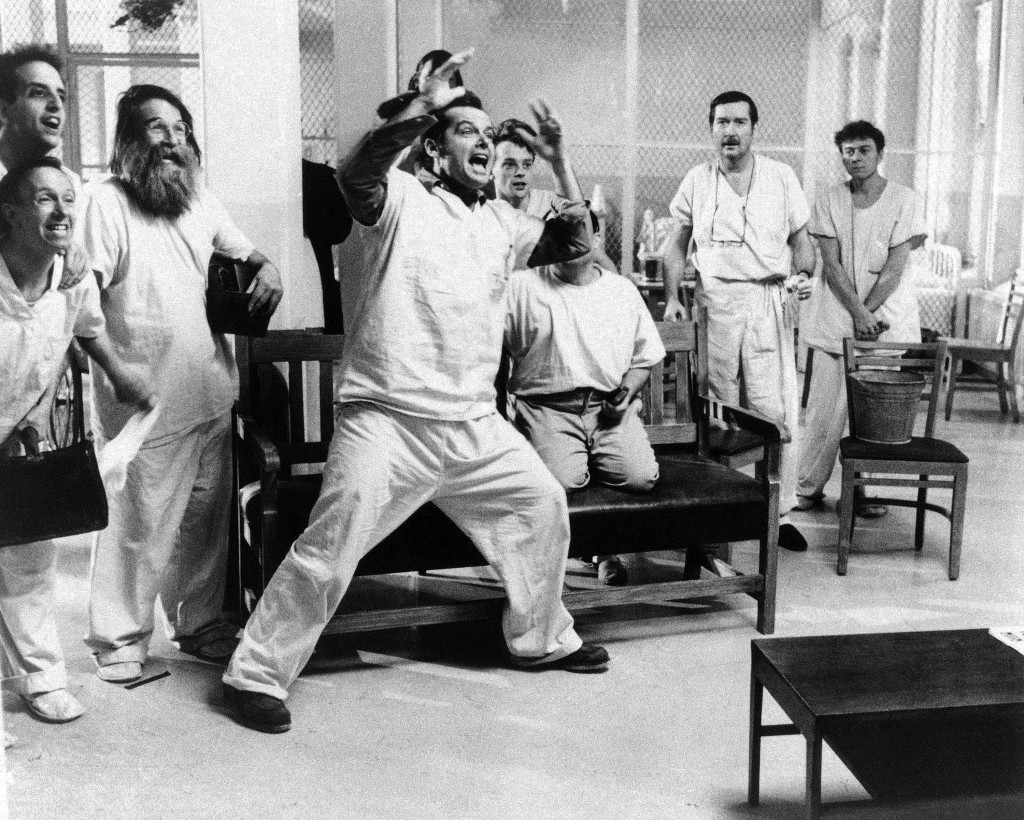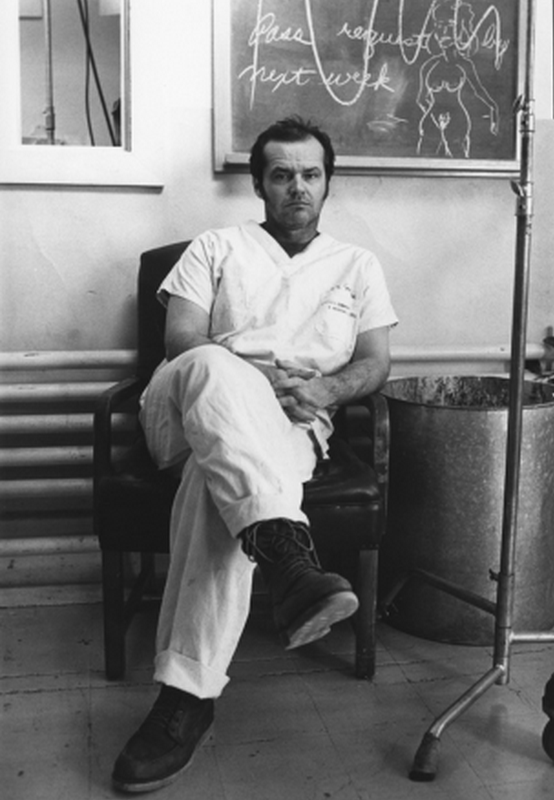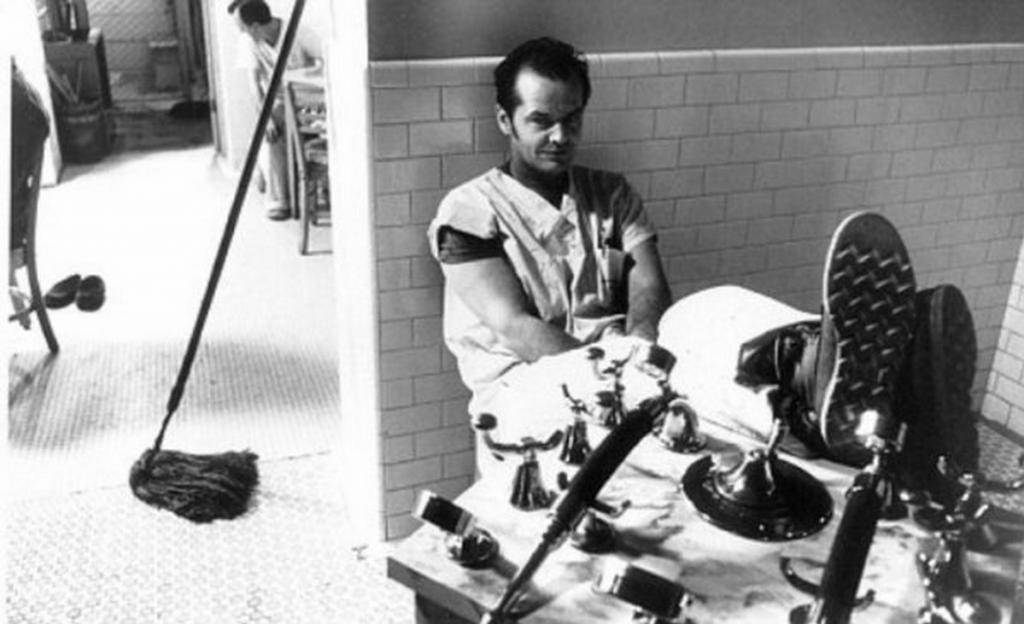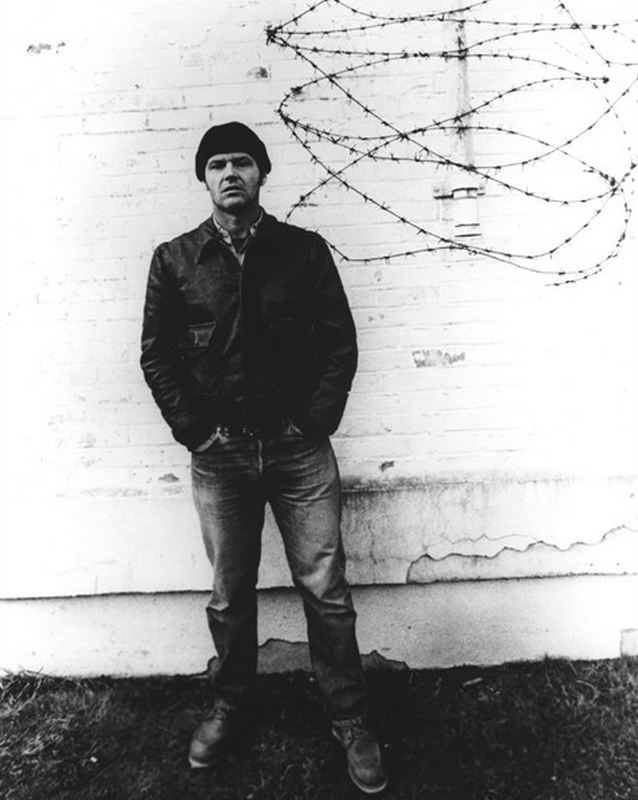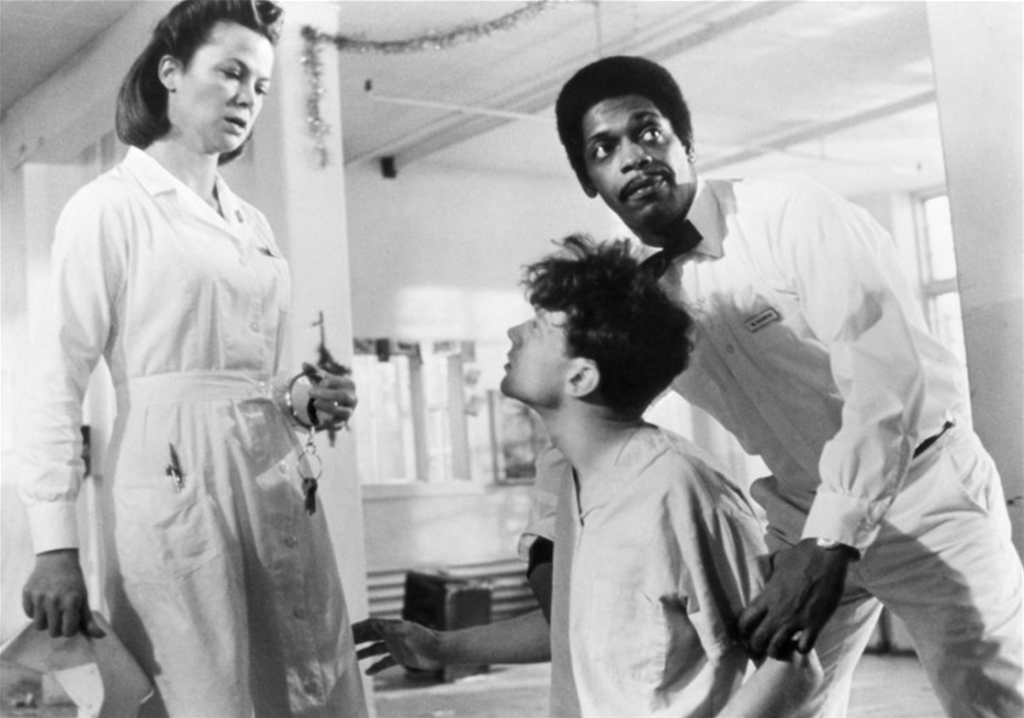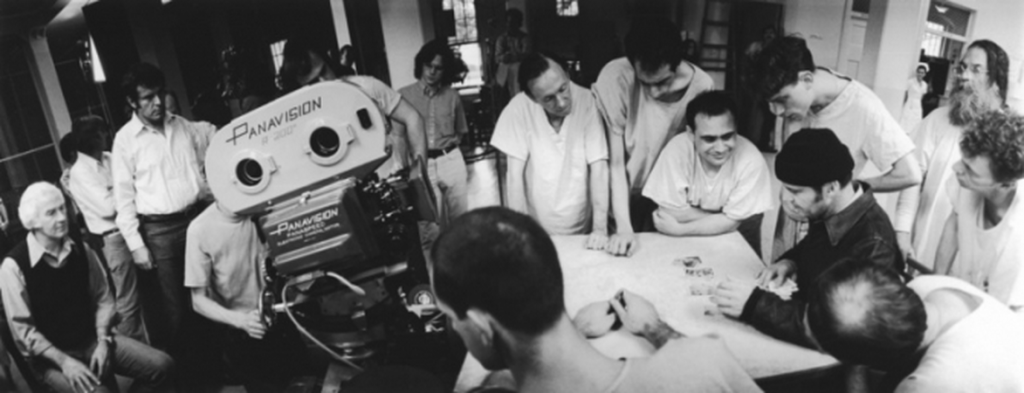One Flew Over the Cuckoo’s Nest was one of the most iconic movies of the 1970s, jumpstarting the careers of Christopher Llyod, Danny DeVito and, of course, Jack Nicholson. Based on the 1962 novel, the movie went on to win all five major Academy Awards Best Picture, Actor in Lead Role, Actress in Lead Role, Director, and Screenplay.
Imgur user joinyouinthesun has published a series of behind the scenes photos taken throughout the movies filming.
Filming began in January 1975 and concluded approximately three months later, and was shot on location in Salem, Oregon and the surrounding area, as well as on the Oregon coast.It was also shot at Oregon State Hospital inSalem, Oregon, which was also the setting of the novel.
Haskell Wexler was fired as cinematographer and replaced by Bill Butler. Wexler believed his dismissal was due to his concurrent work on the documentary Underground, in which the radical terrorist group The Weather Underground were being interviewed while hiding from the law. However, Miloš Forman said he had terminated Wexler over mere artistic differences. Both Wexler and Butler received Academy Award nominations for Best Cinematography for One Flew Over the Cuckoo’s Nest, though Wexler said there was “only about a minute or two minutes in that film I didn’t shoot.”
According to Butler, Jack Nicholson refused to speak to Forman: “…[Jack] never talked to Milos at all, he only talked to me.
The film was met with overwhelming critical acclaim; Roger Ebert said “Miloš Forman’s One Flew Over the Cuckoo’s Nest is a film so good in so many of its parts that there’s a temptation to forgive it when it goes wrong. But it does go wrong, insisting on making larger points than its story really should carry, so that at the end, the human qualities of the characters get lost in the significance of it all. And yet there are those moments of brilliance.” Ebert would later put the film on his “Great Movies” list. A.D. Murphy of Variety wrote a mixed review as well,as did Vincent Canby: writing in The New York Times, Canby called the film “a comedy that can’t quite support its tragic conclusion, which is too schematic to be honestly moving, but it is acted with such a sense of life that one responds to its demonstration of humanity if not to its programmed metaphors.”
The film opens with original music by composer Jack Nitzsche, featuring an eerie bowed saw and wine glasses. Commenting on the score, reviewer Steven McDonald has said, “The edgy nature of the film extends into the score, giving it a profoundly disturbing feel at times — even when it appears to be relatively normal. The music has a tendency to always be a little off-kilter, and from time to time it tilts completely over into a strange little world of its own …”
The film went on to win the “Big Five” Academy Awards at the 48th Oscar ceremony. These include the Best Actor for Jack Nicholson, Best Actress for Louise Fletcher, Best Direction for Forman, Best Picture, and Best Adapted Screenplay for Laurence Hauben and Bo Goldman. The film currently has a 95% “Certified Fresh” rating at Rotten Tomatoes with an average rating of 8.9/10. Its consensus states “The onscreen battle between Jack Nicholson and Louise Fletcher serves as a personal microcosm of the culture wars of the 1970s — and testament to the director’s vision that the film retains its power more than three decades later.”
